“Either we grow or we go.” That’s according to Andy Linares, owner of Bug Off Pest Control Center and organizer of the annual New York Pest Expo.
“In a word, transitions is the theme of our 16th annual New York Pest Expo,” Linares said, while kicking off the event Nov. 9, 2018, at The George Washington Bridge Doubletree Hotel in Fort Lee, N.J.
“Life is all about transitions,” Linares continued. “Nature, insects, human beings, industries and businesses all need to transition to survive and thrive. Pest management is always evolving — new technologies, new regulations, new rules and new players. If we don’t stay on top of, and ahead of, all of these changes, we will be left behind by those who successfully transition.”
New York Pest Expo presenters offered a bevy of information to help pest management professionals (PMPs) grow their knowledge, transition and soar to new heights.
- Lou Sorkin, BCE, a research entomologist with Entsult Associates, brought a few live creatures to the Expo. While handling a whip scorpion, Sorkin shared how the vinegaroon evolved to defend itself: “It sprays acetic acid — vinegar — either as a cloud or a stream, at a would-be predator or at a creature or person who’s bothering it too much.”
- Presenting “What Makes Ticks Tick?,” Dr. Nicky Gallagher, Syngenta’s technical services manager for the Northeast and Northwest, said: “Ticks are becoming an increasing problem in the U.S. They are increasing in range, number of species, and the number of diseases they can transmit.”
- Gallagher said that in 2015, the U.S. Centers for Disease Control and Prevention (CDC) reported more than 35,000 confirmed cases of Lyme disease in the U.S. “This number is just confirmed cases,” she noted. “The actual number could be 10 times that.”
- Perhaps the most riveting part of Dr. Gallagher’s presentation was when she warned attendees: “Contrary to the belief of some, ticks can attach to any part of the body.” Dr. Gallagher followed up that scary statement by showing a close-up photo of a tick attached to a child’s eye.
- Presenting “Rodent Control — Let’s Get Serious,” John Murphy, Liphatech’s Northeast district sales manager, said: “The three mammals most successful at surviving are: No. 1: humans; No. 2: the common house mouse; and No. 3: Norway rats.”
- Murphy said sanitation and exclusion are critical elements of rodent control, but exclusion efforts must target rodents and general insects: “If you want to attract a rat to a glue tray, just place an American cockroach on it. Don’t forget: If there are insects at an account, the rats will always have something to dine on.”
- Presenting “Smart Pest Management in Retail Food Accounts,” Greg Baumann, Nisus Corp.’s vice president of technical services and regulatory affairs, said: “We are problem solvers. Eighty percent of your time at retail food accounts should be dedicated to inspection, and 20 percent to applying control and exclusion solutions.”
- Baumann said more retail outlets are getting into the foodservice business, which means more issues with rodents, cockroaches, flies and other pests: “The big-box stores have added foodservice, and I see this trend continuing. It’s good marketing. They want to keep customers there all day, shopping.”
- Baumann shared a take-home tip sheet for retail food accounts (see accompanying photo). He also reminded PMPs that when a retail food client refuses to be a partner in sanitation and pest exclusion, “sometimes you just have to walk away.”
- Stan Cope, AP&G’s vice president of technical products and services, reminded PMPs: “You provide far more than pest control. You provide quality of life and peace of mind. … Value, price and deliver your services accordingly.”
- A retired U.S. Navy medical entomologist, Dr. Cope shared his knowledge and experience through two presentations: “Pest Control and Public Health: Partners for the Good of All” and “The Future of Mosquito-borne Illness — What’s Next?”
- Cope stated his two-pronged mission for the day. It mirrored PMP’s mission: “Entertain and Educate.”
- Cope said pests present psychological, environmental, economical and medical issues — problems PMPs and their public health partners are uniquely positioned to help prevent.
- Cope — aka “Captain Stan the Mosquito Man” — said there are more than 3,500 mosquito species worldwide, but just about 175 species in North America: “There are more than 100 mosquito-transmitted viruses that cause human illness — most of which have not hit our shores … yet.”
- To put things in perspective, Dr. Cope, a former president of the American Mosquito Control Association, said sharks typically kill about 10 people per year, rabies 25,000, snakes 50,000, and man (homicide) about 475,000 — but mosquitoes account for the deaths of more than 1 million people per year. “Today, the three Vs — Victims, Viruses and Vectors — can be anywhere in the world within 24 hours,” Dr. Cope said.
You can reach Whitford at mwhitford@northcoastmedia.net or 216-706-3766.
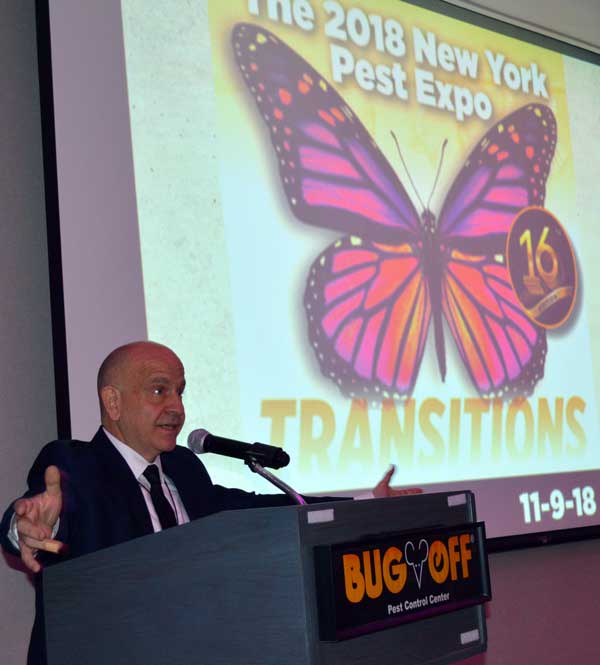
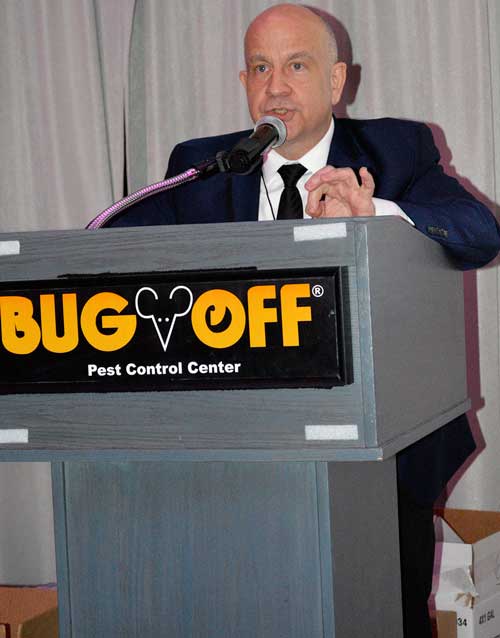

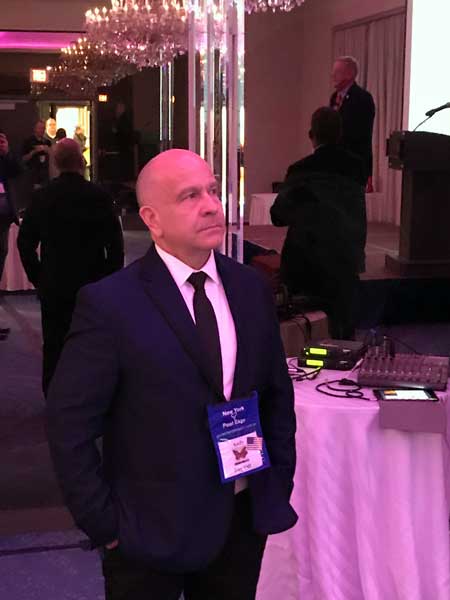


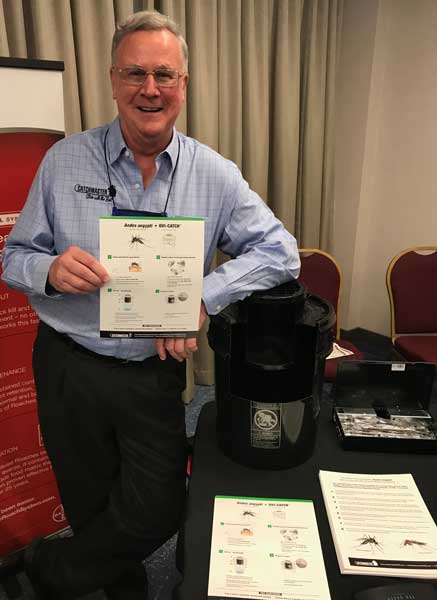
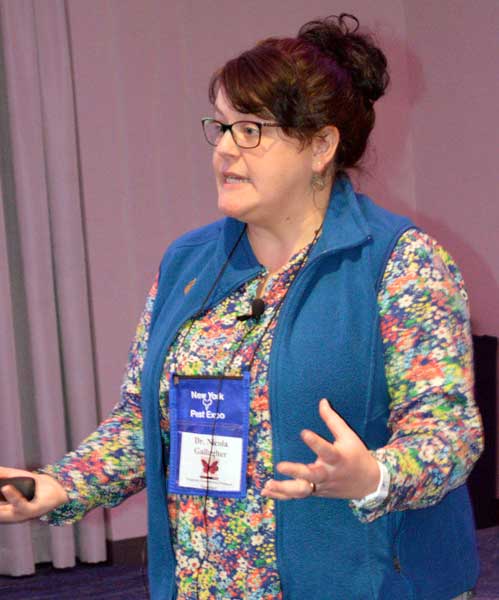
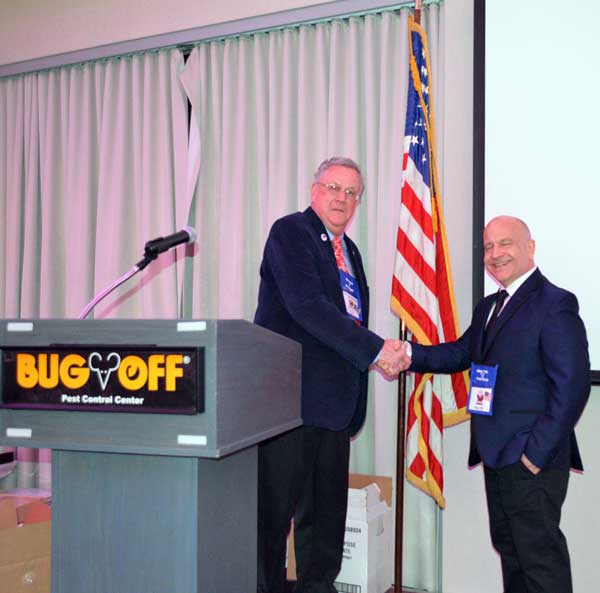
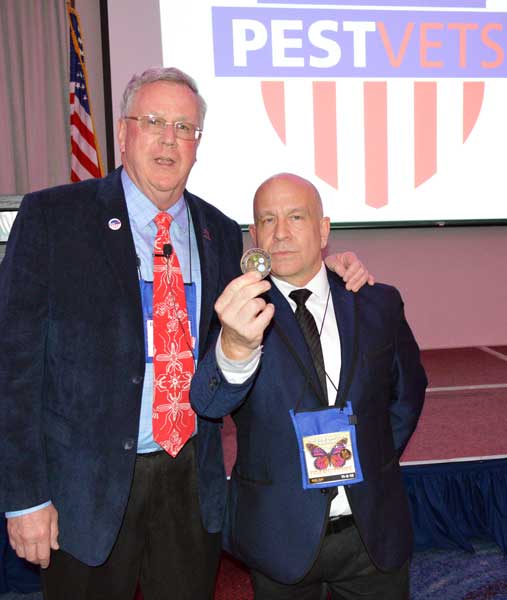


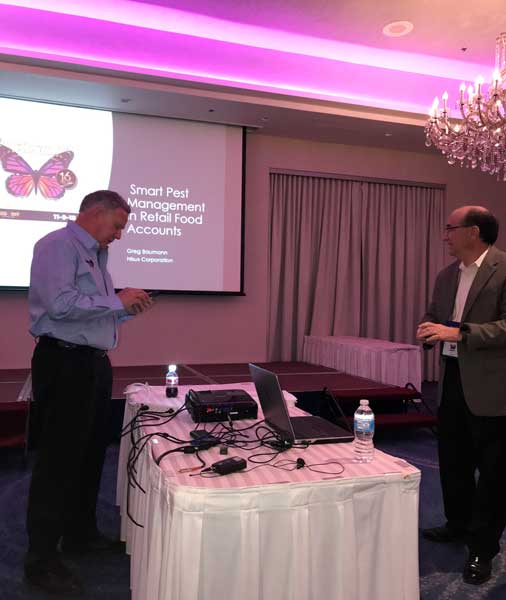


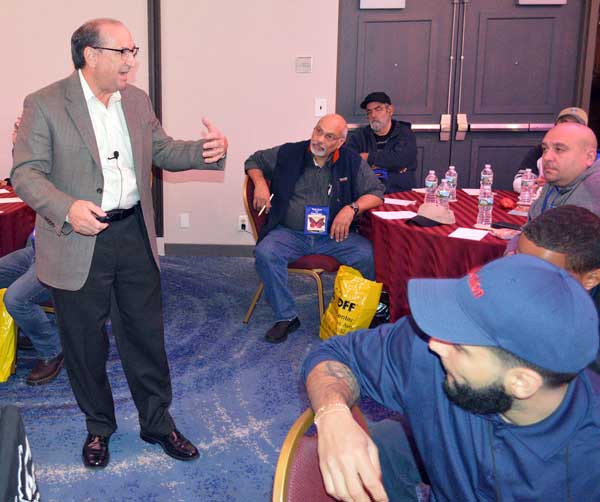

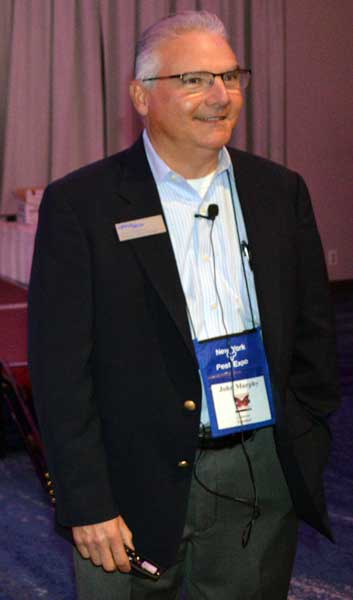

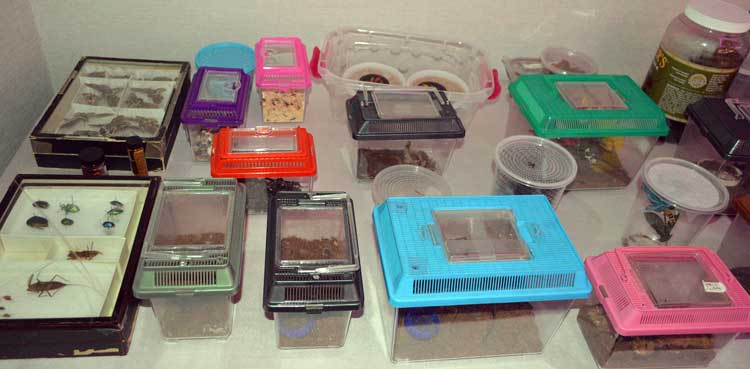
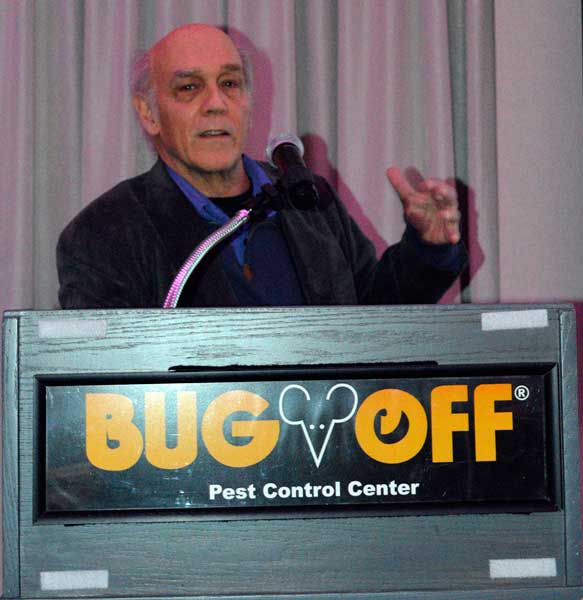













The post New York Pest Expo helps PMPs grow in knowledge so they can soar to new heights appeared first on Pest Management Professional.
from Pest Management Professional https://www.mypmp.net/2018/11/14/transitions-themed-new-york-pest-expo-helps-pmps-grow-in-knowledge-so-they-can-soar-to-new-heights/
Sacramento CA
No comments:
Post a Comment